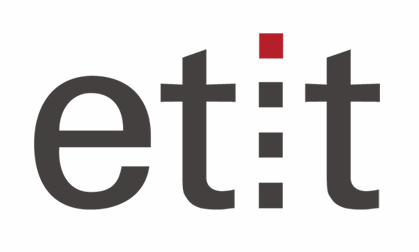Prof. Dr. Ulrich Hofmann, Uniklinik Freiburg
Fachbereich Elektrotechnik und Informationstechnik

Forschungskolloquium etit
Im Rahmen des Forschungskolloquiums findet am Fachbereich etit ein regelmäßiger Austausch zu aktuellen Forschungsfragen statt. Für Impulsreferate werden anerkannte Wissenschaftler:innen geladen.

Kommende Kolloquien
-
03.02.2026,
15:30Digital Twins: Vision, Illusion, and the Research Journey toward Value Creation
Prof. Dr. rer. nat. Dirk Hartmann, TU Darmstadt - S3|06 Raum 052
-
17.03.2026,
15:30Resilience – despite or because of the Energiewende?
Prof. Dr. Stefan Niessen, TU Darmstadt - S3|06 Raum 052
-
17.03.2026,
15:30AI+Energy – Evolution or Revolution of Global Energy Sectors?
Zhengmao Li, Ph.D., UNITE!-Gastprofessor von der Aalto University, Finnland - S3|06 Raum 052
Vergangene Kolloquien
28. Oktober 2025: Magnetic micro- and nanorobots for precision medicine and targeted drug delivery
Prof. Dr. Anna C. Bakenecker, TU Darmstadt
8. Juli 2025: From Theory to Practice: Computational Methods for EMC Development
Prof. Dr.-Ing. Yvonne Späck-Leigsnering, TU Darmstadt und Robert Bosch GmbH

